In the shadowy undergrowth, amid fallen leaves, or perfectly camouflaged against tree bark, venomous snakes exist as both marvels of evolution and potential hazards to the unwary. While most serpents prefer to avoid human contact, encounters do happen—often when we least expect them. What makes these encounters particularly dangerous is that many venomous species have mastered the art of concealment, blending seamlessly into their environments or resembling their harmless counterparts. This article explores 15 venomous snakes from around the world that might be hiding in plain sight, their remarkable adaptations, and how to identify these elusive creatures before an unfortunate encounter occurs.
Copperhead (Agkistrodon contortrix)
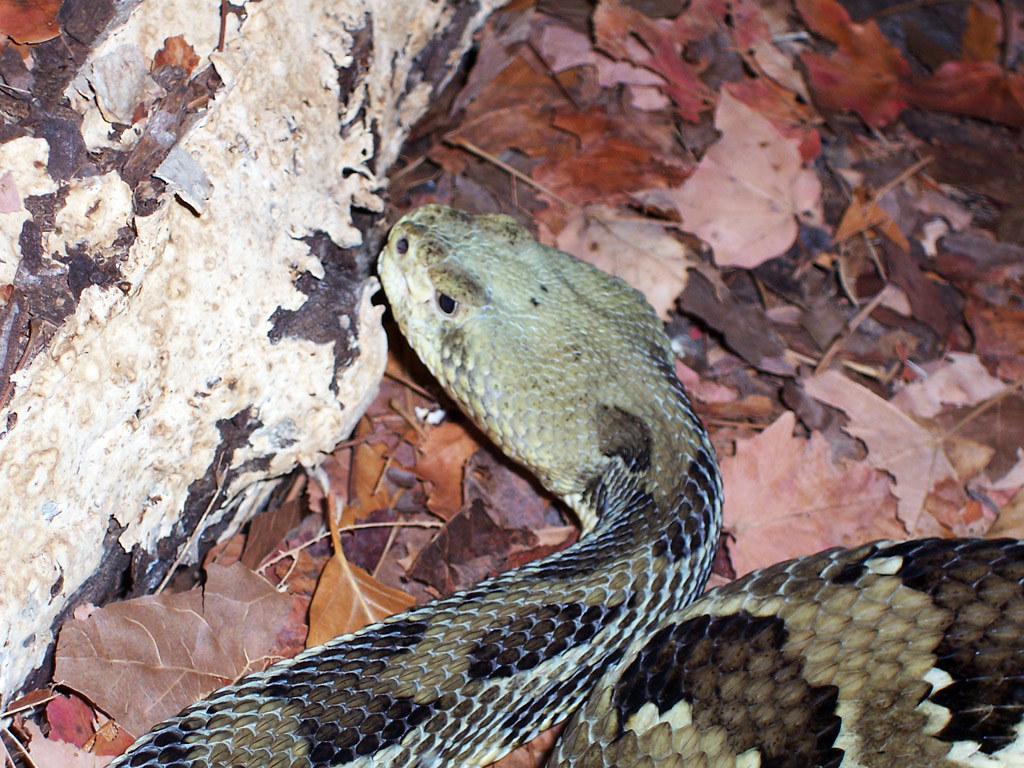
The Copperhead, native to the eastern and central United States, is a master of disguise with its distinctive hourglass-shaped crossbands in copper or reddish-brown tones perfectly mimicking fallen leaves and forest floor debris. These medium-sized pit vipers are responsible for more venomous snake bites in America than almost any other species, largely because their exceptional camouflage makes them nearly impossible to spot when motionless among autumn leaves. Unlike many venomous snakes, Copperheads rarely give warning before striking, preferring to remain still and rely on their camouflage rather than flee when disturbed. Though rarely fatal to humans, their hemotoxic venom causes severe tissue damage, intense pain, and swelling that can lead to secondary complications if left untreated.
Death Adder (Acanthophis spp.)
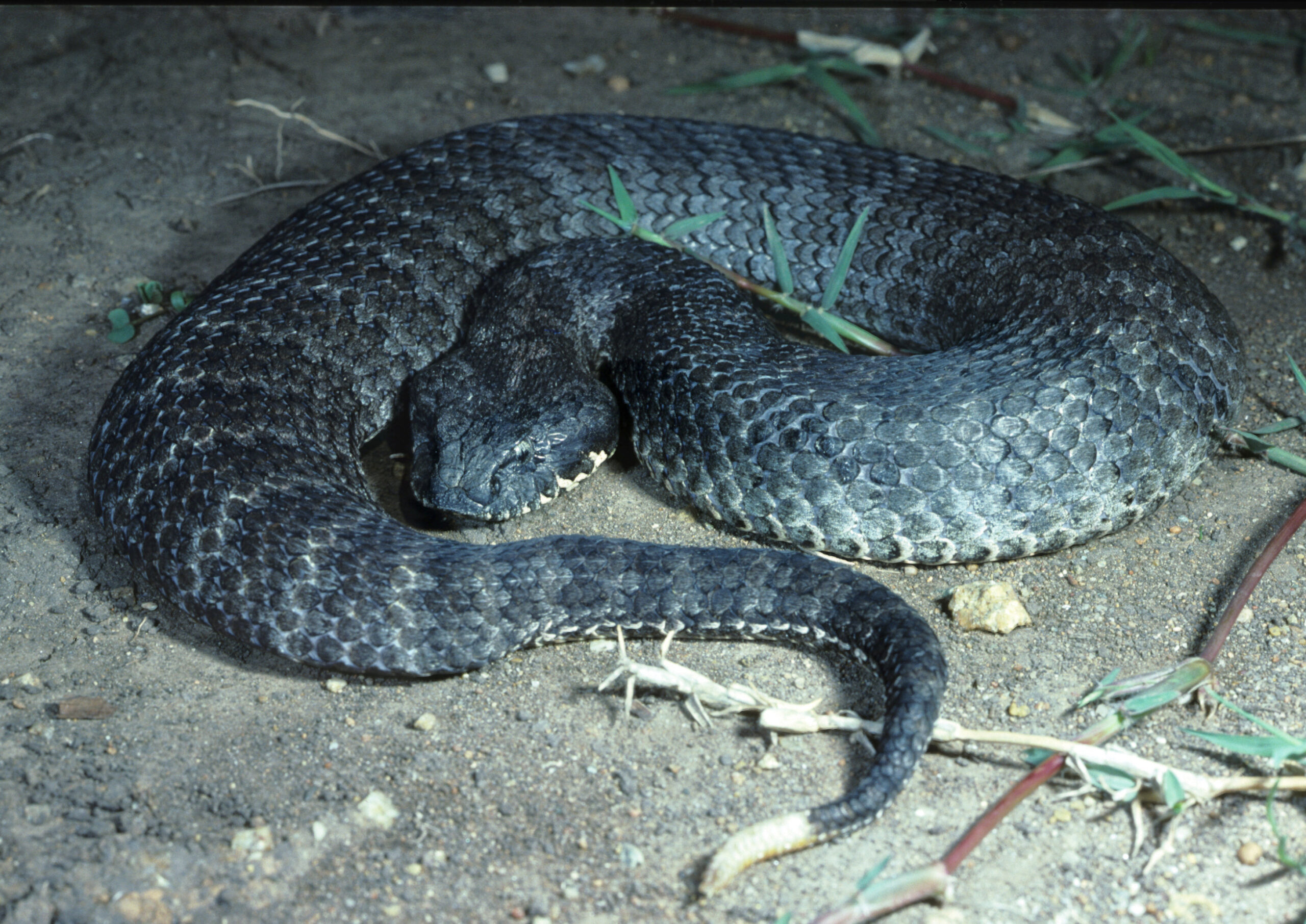
Death Adders are among Australia’s most dangerous snakes, employing an ambush hunting strategy unlike most other venomous species. Rather than actively pursuing prey, these snakes bury themselves under leaf litter or loose soil with only their tail and head visible, using their worm-like tail tip as a lure to attract small mammals and birds. Their stocky bodies and triangular heads often cause them to be mistaken for vipers, though they actually belong to the elapid family alongside cobras and mambas. The Death Adder possesses some of the fastest strike speeds in the snake world, capable of delivering a potentially lethal bite in less than 0.15 seconds—giving victims almost no time to react or escape. Their neurotoxic venom causes paralysis that can progress to respiratory failure, making rapid medical intervention essential for survival.
Eastern Coral Snake (Micrurus fulvius)
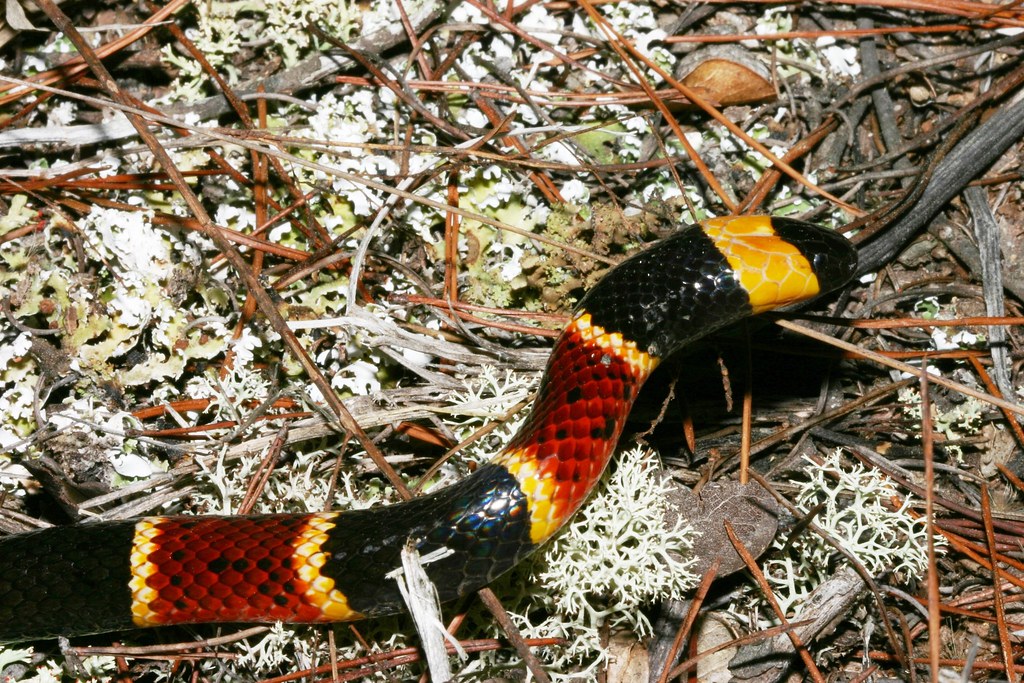
The Eastern Coral Snake’s vibrant pattern of red, yellow, and black bands serves as a powerful warning to potential predators, yet this highly venomous elapid remains surprisingly cryptic in its natural habitat of southeastern U.S. forests and scrublands. Often confused with several harmless mimics like the Scarlet Kingsnake, the Coral Snake can be identified by the mnemonic “red touches yellow, kills a fellow; red touches black, venom lack”—though experts caution this rule only applies to North American species. Unlike pit vipers, Coral Snakes have small, permanently erect fangs requiring them to chew to deliver their potent neurotoxic venom effectively. Despite their dangerous reputation, these secretive snakes are rarely encountered because they spend most of their time burrowing underground or hiding beneath logs and leaf litter, emerging primarily at night or after heavy rains.
Gaboon Viper (Bitis gabonica)
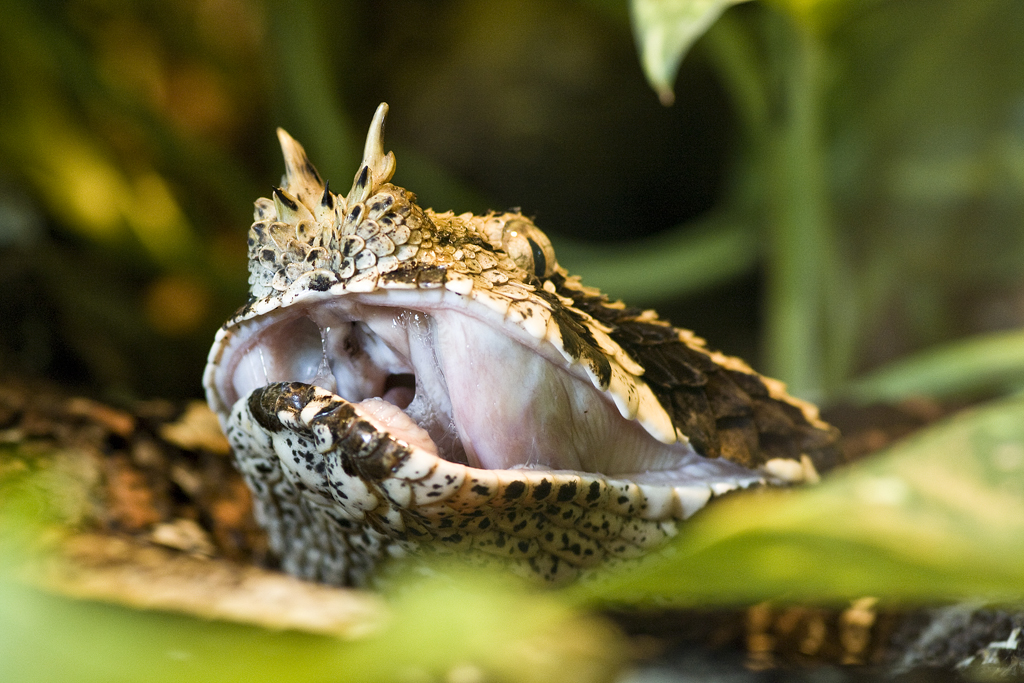
The Gaboon Viper holds several impressive records—it possesses the longest fangs of any snake (up to 2 inches), delivers the largest venom yield in a single bite, and has one of the most intricate camouflage patterns in the reptile world. Native to the rainforests and woodlands of sub-Saharan Africa, this massive viper’s elaborate pattern of geometric shapes in brown, purple, and tan blends perfectly with the forest floor, making it virtually invisible among fallen leaves. Despite their enormous size—reaching lengths of up to 7 feet and weights exceeding 25 pounds—Gaboon Vipers are incredibly patient hunters, sometimes remaining motionless for weeks while waiting for prey to approach. Their cytotoxic and hemotoxic venom combination can cause catastrophic tissue damage, internal bleeding, and heart failure, with mortality rates remaining high even with antivenom treatment.
Fer-de-Lance (Bothrops asper)
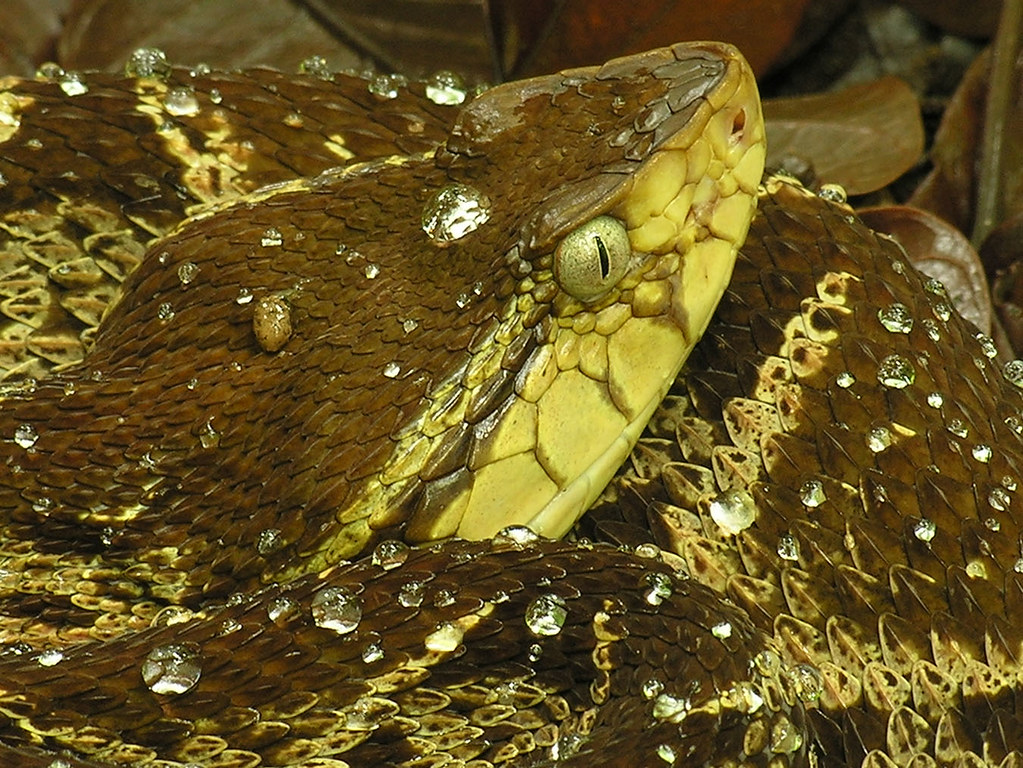
The Fer-de-Lance, or “spearhead,” earns its name from its distinctively shaped head and ranks among the most dangerous snakes in the Americas, responsible for more human fatalities than any other snake in its range. Found in various habitats from Mexico to northern South America, this highly adaptable pit viper’s brown and tan pattern provides perfect camouflage in agricultural areas, forests, and urban environments alike. Unlike many venomous species that prefer to avoid confrontation, the Fer-de-Lance has a reputation for aggressive defense, sometimes actively pursuing perceived threats rather than retreating. Its potent hemotoxic venom destroys tissue and prevents blood clotting, frequently leading to amputations among survivors due to the extensive necrosis that follows envenomation. Rural agricultural workers are most at risk for encounters, as these snakes often inhabit coffee, banana, and sugarcane plantations where they hunt rodents attracted to crops.
Australian Brown Snake (Pseudonaja spp.)
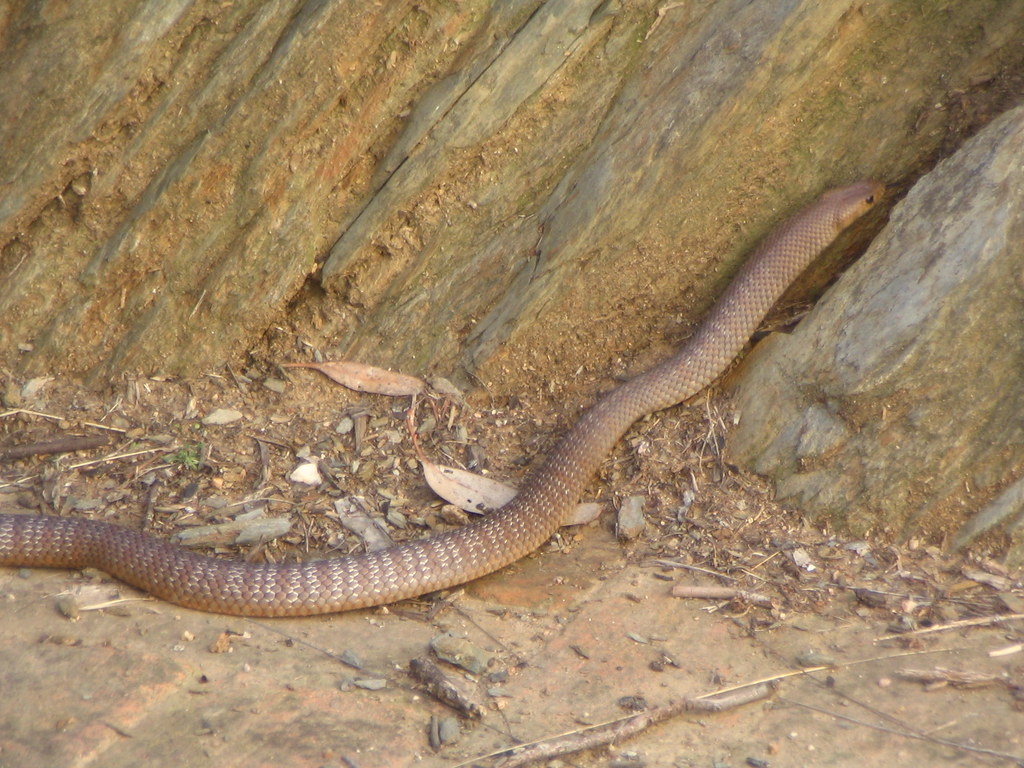
The Eastern Brown Snake and its relatives constitute Australia’s deadliest snake group, responsible for more fatalities than any other venomous species on the continent. Despite their unassuming appearance—a slender body in various shades of brown—these highly defensive elapids possess venom containing both neurotoxins and coagulants that can cause paralysis, uncontrollable bleeding, kidney failure, and cardiac arrest within hours if left untreated. Unlike many venomous snakes that retreat when threatened, Brown Snakes often stand their ground, raising their bodies in an S-shaped striking position while flattening their necks to appear larger and more intimidating. Their exceptional speed and agility make them particularly dangerous, as they can rapidly pursue perceived threats across open ground at speeds that surprise many victims. Adding to their danger is their perfect camouflage against Australia’s dry grasslands and agricultural areas, where they hunt mice and other rodents that frequently bring them into contact with humans.
Boomslang (Dispholidus typus)
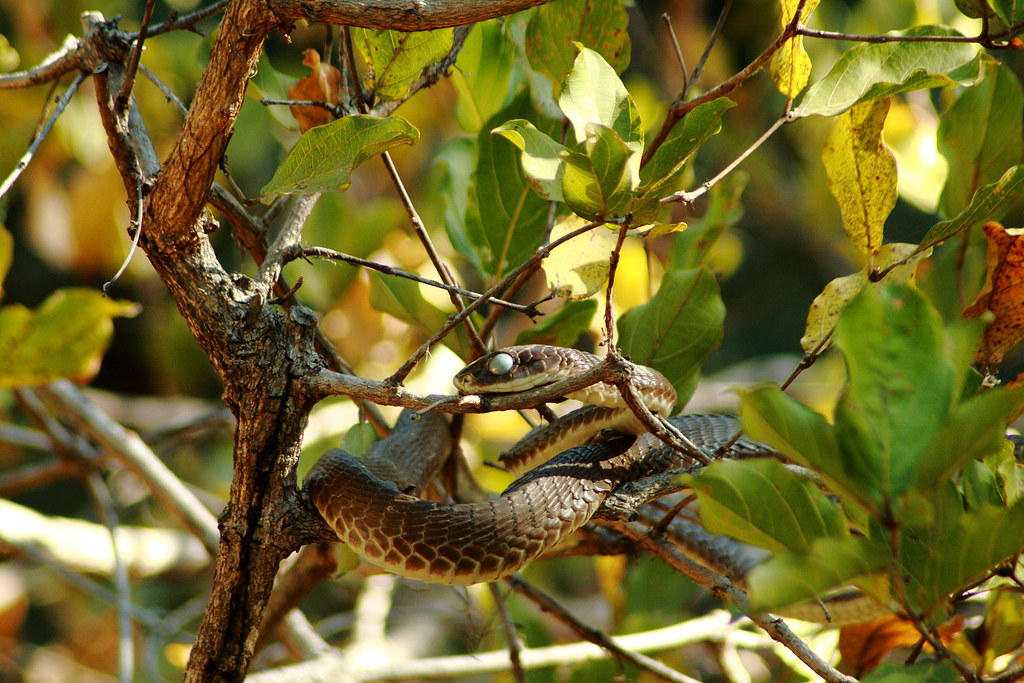
The Boomslang of sub-Saharan Africa demonstrates that dangerous snakes don’t always fit the expected profile—with its slender build, large eyes, and egg-shaped head, this species looks nothing like the stereotypical venomous serpent. Males display vibrant green coloration while females typically wear brown scales, both designed to blend perfectly among tree branches where they spend most of their time hunting birds and lizards. Unlike front-fanged venomous snakes, Boomslangs possess rear fangs that require them to open their mouths nearly 180 degrees and chew to deliver their potent hemotoxic venom. The delayed symptoms of Boomslang envenomation make it particularly dangerous, as victims may not experience serious effects for several hours, by which time the venom has begun causing internal bleeding throughout the body, hemorrhaging from mucous membranes, and potentially fatal brain bleeds. Herpetologist Karl Schmidt’s well-documented death from a Boomslang bite in 1957 brought international attention to this previously underestimated species.
Tiger Snake (Notechis spp.)
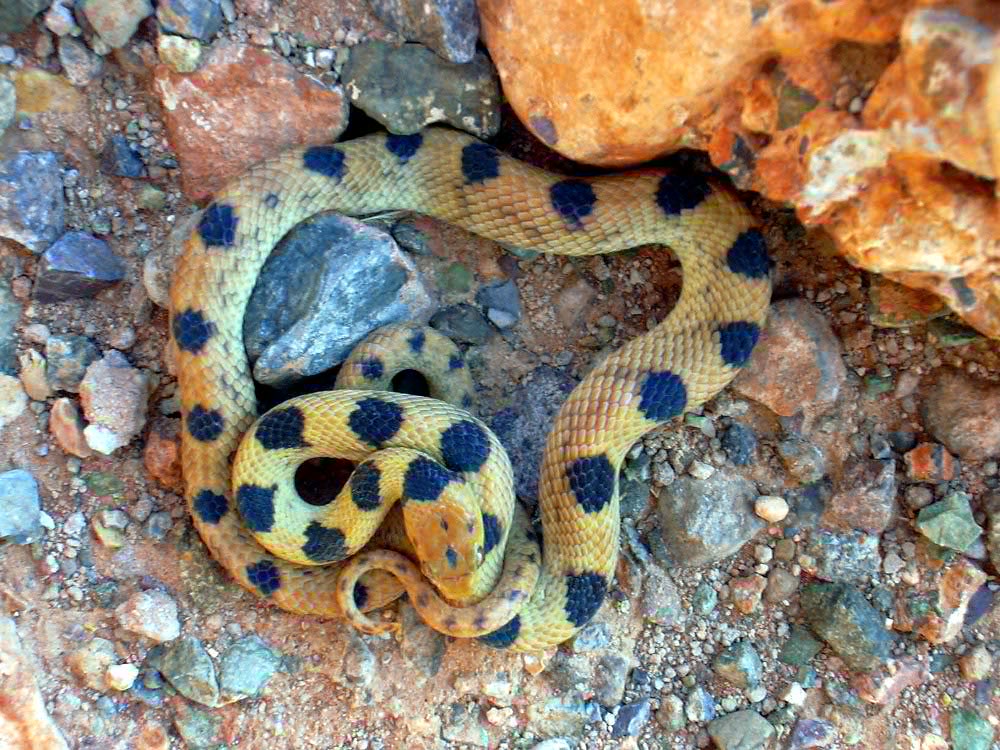
Australia’s Tiger Snakes earn their name from the distinctive banded pattern many individuals display, though populations in different regions can vary dramatically in coloration from jet black to olive green. These highly adaptable elapids thrive in diverse habitats from coastal areas to mountains, with their remarkable ability to blend into environments making them particularly dangerous during encounters with humans. Tiger Snakes possess a potent neurotoxic venom that rapidly attacks the nervous system, causing progressive paralysis that can lead to respiratory failure within hours without antivenom treatment. When threatened, they perform an impressive defensive display by flattening their necks and raising their bodies in an S-shape while producing a loud hissing sound—but they won’t hesitate to strike if the threat continues. Despite their dangerous reputation, Tiger Snakes play crucial ecological roles by controlling rodent populations and are themselves facing population declines in some areas due to habitat destruction and deliberate killing.
Jumping Pit Viper (Atropoides spp.)
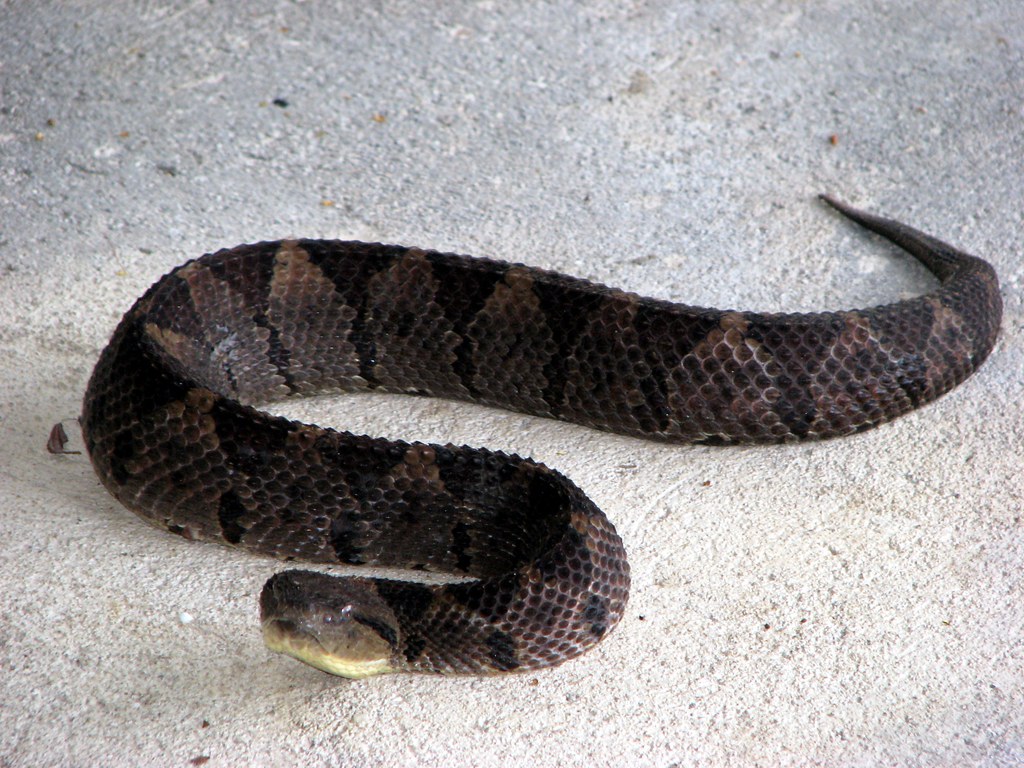
The Jumping Pit Viper of Central America doesn’t actually jump as its name suggests, but its exceptionally fast and powerful strike can give the illusion of launching itself toward threats. These stout-bodied vipers possess intricate patterns in various shades of brown, black, and tan that render them nearly invisible against the forest floor debris of their montane forest habitats. Unlike many pit vipers that flee when approached, Jumping Pit Vipers are known for their defensive temperament, often standing their ground and striking repeatedly when threatened. Their hemotoxic venom causes severe tissue damage, bleeding disorders, and potential organ failure if left untreated—particularly dangerous given the remote regions these snakes often inhabit. Indigenous peoples throughout their range have developed an acute awareness of these cryptic snakes, teaching children from an early age to carefully inspect the ground before sitting or placing their hands in leaf litter where these vipers might be concealed.
Many-banded Krait (Bungarus multicinctus)
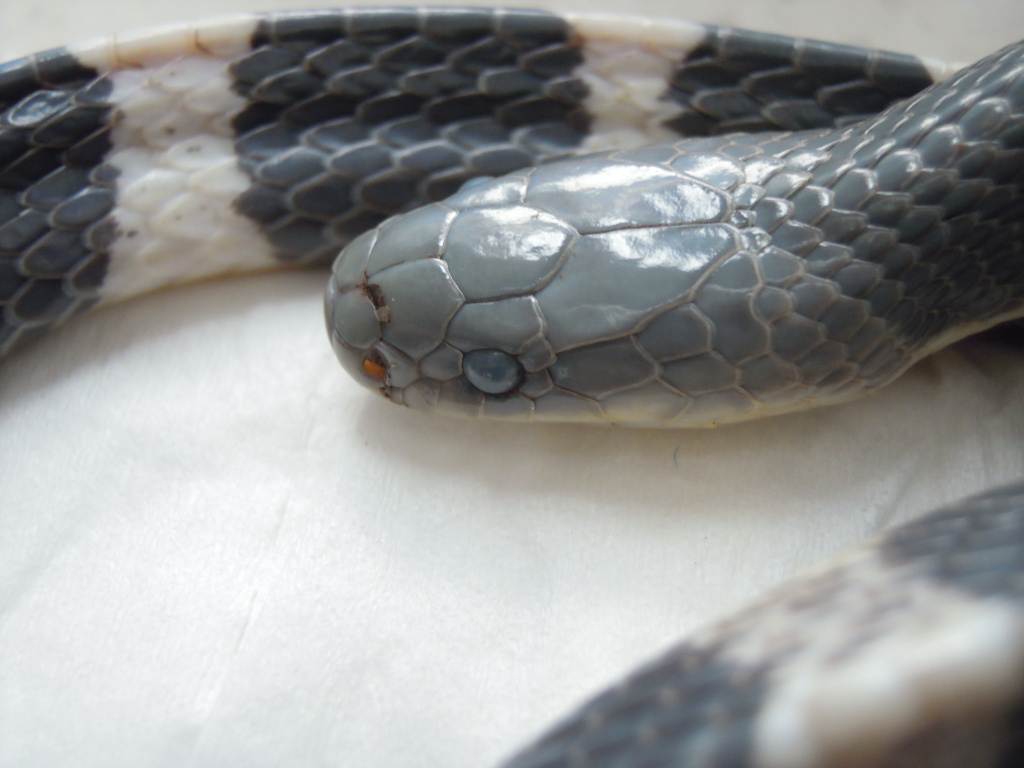
The Many-banded Krait, found throughout Southeast Asia and southern China, exemplifies the dangerous combination of potent venom and secretive behavior. Its distinctive alternating black and white bands might seem conspicuous, but in the low light conditions when this nocturnal hunter is active, the pattern breaks up its outline and makes it difficult to detect. Unlike confrontational venomous species, Kraits are typically docile during daylight hours, sometimes allowing themselves to be handled without biting—a dangerous misconception that has led to numerous fatalities. Their powerful neurotoxic venom is among the most potent of any snake, containing alpha-bungarotoxin that blocks neuromuscular junctions, leading to progressive paralysis that often begins with facial muscles before affecting the respiratory system. Most concerning is that Krait bites are often painless initially, causing victims to delay seeking treatment until paralysis has begun to set in, by which time antivenom administration may be less effective.
Saw-scaled Viper (Echis spp.)
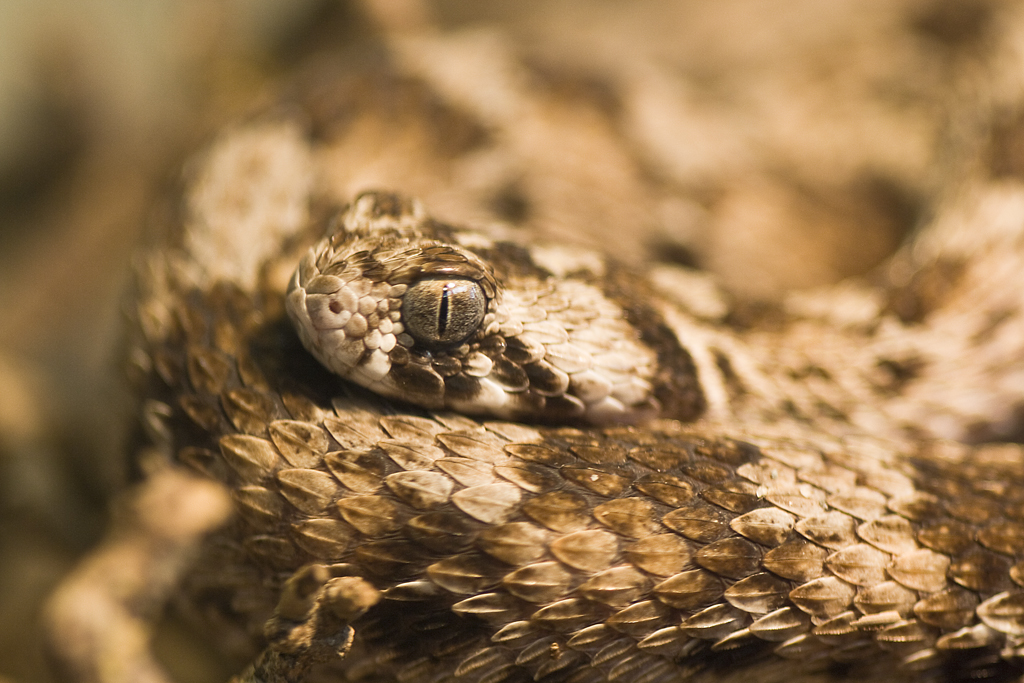
The Saw-scaled Viper might be small—rarely exceeding two feet in length—but it’s responsible for more human deaths than almost any other snake species worldwide. Found across Northern Africa, the Middle East, and throughout India and Pakistan, these adaptable vipers thrive in arid environments where their sandy, grey, or reddish coloration provides perfect camouflage against desert and scrubland backgrounds. Their name comes from their unique defensive behavior of rubbing specialized serrated scales against each other to produce a distinctive rasping sound as warning before striking. Despite their small size, Saw-scaled Vipers possess a venom containing both hemotoxic and cytotoxic components that cause severe bleeding disorders, tissue destruction, and kidney failure, with mortality rates exceeding 20% in regions with limited medical access. Adding to their danger is their highly irritable temperament and their tendency to inhabit areas close to human settlements where they hunt rodents attracted to agricultural activities and food storage.
Rhinoceros Viper (Bitis nasicornis)
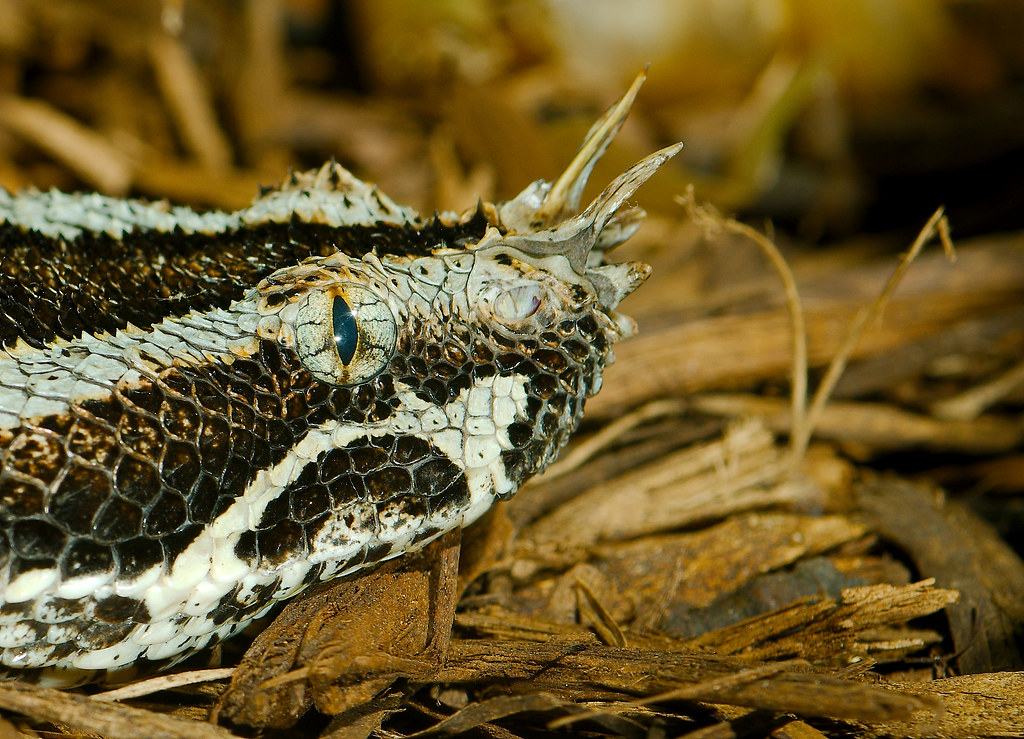
The Rhinoceros Viper of Central and West African rainforests might be one of the most visually striking snakes in the world, yet its elaborate pattern of blue, purple, green, and black geometric shapes renders it virtually invisible against the dappled light of the forest floor. Named for the distinctive horn-like scales above its nostrils, this heavyweight ambush predator relies entirely on camouflage rather than speed, sometimes remaining motionless for weeks while waiting for prey to approach. Despite their relatively docile nature and reluctance to bite unless directly threatened, Rhino Vipers possess extraordinarily long hinged fangs that can deliver massive amounts of cytotoxic and hemotoxic venom deep into tissue. The resulting envenomation causes catastrophic hemorrhaging, tissue necrosis, and organ failure that can be fatal without prompt medical intervention. Indigenous peoples living within this snake’s range have developed remarkable abilities to spot these cryptic vipers, an essential survival skill passed through generations of forest dwellers.
Water Moccasin (Agkistrodon piscivorus)
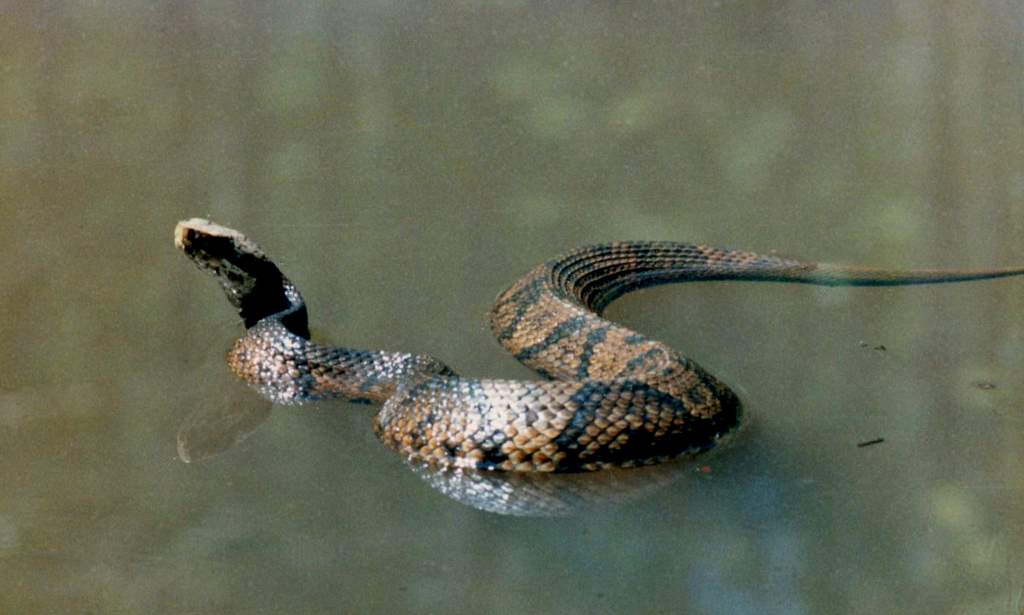
The Water Moccasin, also known as Cottonmouth, is North America’s only semi-aquatic pit viper, perfectly adapted to life along waterways throughout the southeastern United States. Young specimens display distinctive banded patterns that fade to solid olive-black coloration in adults, providing excellent camouflage whether swimming with only their eyes and nostrils visible above the waterline or basking on partially submerged logs. Unlike many venomous snakes that prefer to retreat, Water Moccasins often stand their ground when threatened, opening their mouths wide to display the stark white lining that gives them their “cottonmouth” nickname. Their cytotoxic venom contains powerful tissue-destroying components that can cause extensive necrosis, though fatalities are relatively rare with proper medical treatment. Despite their intimidating reputation, these snakes play crucial ecological roles in wetland ecosystems by controlling populations of fish, amphibians, and small mammals, though habitat loss and persecution continue to threaten their numbers in many areas.
Inland Taipan (Oxyuranus microlepidotus)
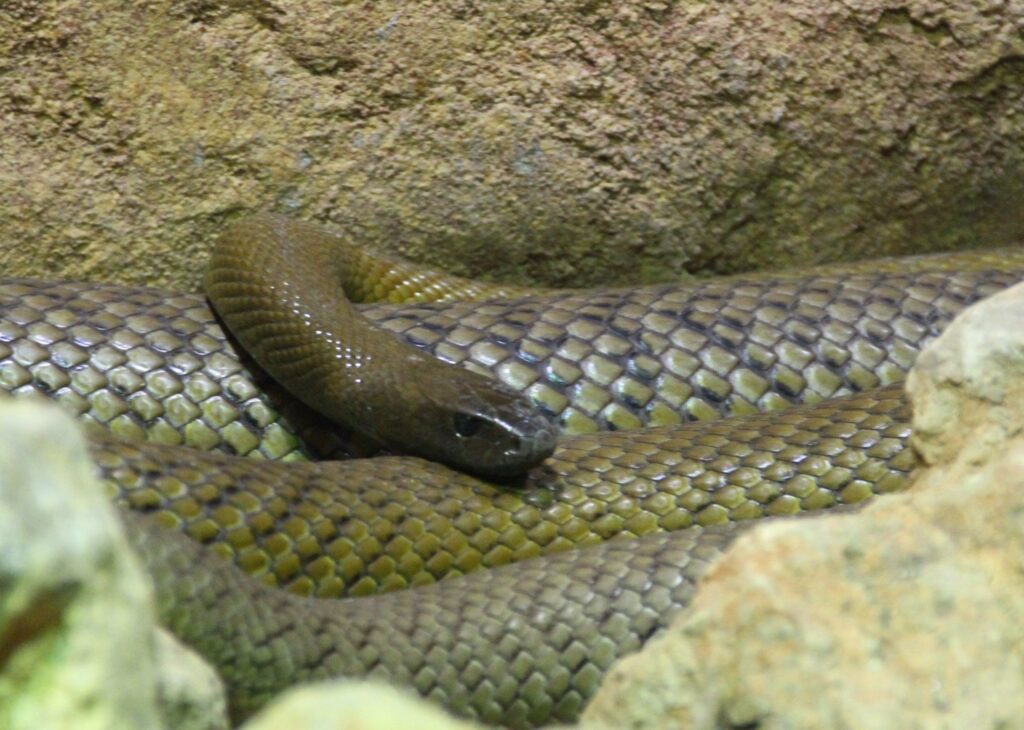
The Inland Taipan of Australia holds the title of world’s most venomous land snake based on the toxicity of its venom, which is specifically evolved to kill warm-blooded prey instantly. Despite this lethal distinction, its remote habitat in the arid central regions of Australia means human encounters are extraordinarily rare, with no confirmed fatalities in recent history. The snake’s coloration changes seasonally—darker during winter months to maximize heat absorption and lighter in summer to reflect heat—providing year-round camouflage against the varied soils of its range. Unlike more aggressive venomous species, the Inland Taipan is surprisingly shy and reclusive, preferring to flee rather than confront potential threats, which further reduces the likelihood of human envenomation. A single bite delivers enough neurotoxic venom to kill up to 100 adult humans by shutting down the nervous system and causing respiratory failure within 45 minutes, making it the perfect example of a deadly serpent that remains hidden in plain sight through both its remote habitat and cryptic behavior.
Russell’s Viper (Daboia russelii)
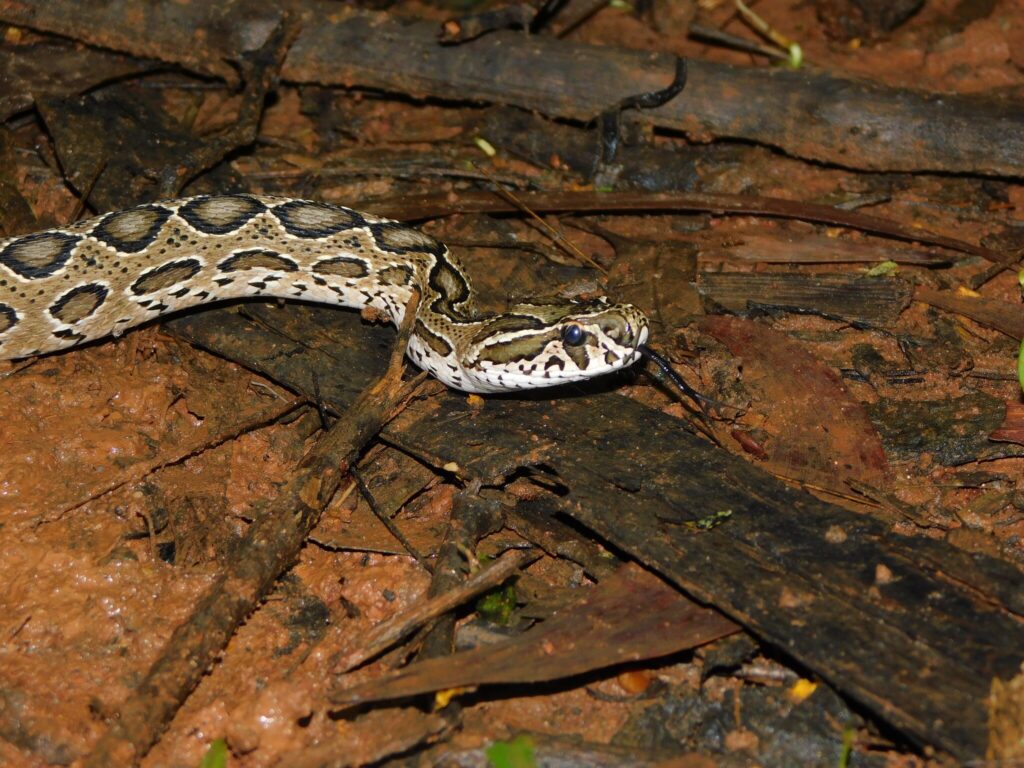
Russell’s Viper is responsible for more human fatalities across its range in South and Southeast Asia than any other snake species, earning its grim nickname as “the farmer’s doom.” Its intricate pattern of chained oval markings provides remarkable camouflage in agricultural areas where it hunts rodents attracted to crops, bringing it into frequent contact with rural workers. Unlike many venomous snakes that bite defensively and flee, Russell’s Vipers deliver deliberate bites with deep fang penetration and high venom yields, sometimes holding on and “chewing” to maximize envenomation. Their complex venom contains over 100 toxic proteins that simultaneously attack multiple body systems, causing blood clotting disorders, kidney failure, pituitary gland destruction, and in some cases, symptoms resembling a stroke. Most concerning is the viper’s tendency to seek shelter in houses and farm buildings during adverse weather conditions, leading to numerous bites occurring indoors when people unknowingly disturb hidden snakes—a perfect example of deadly camouflage literally on the doorstep.
How to Stay Safe in Snake Country
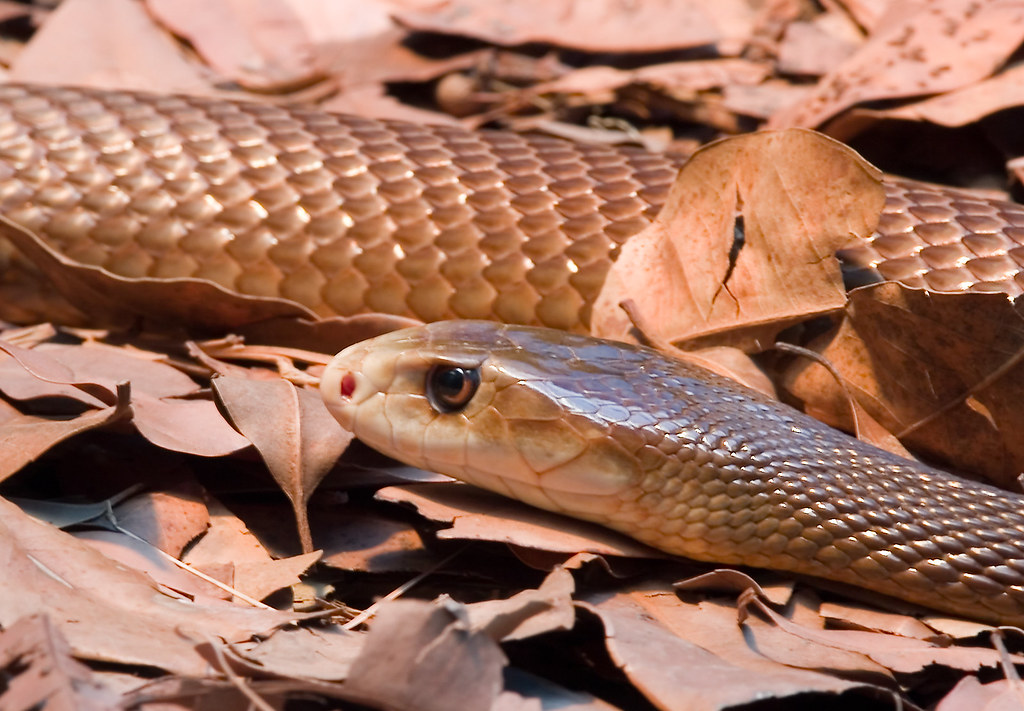
Awareness and prevention remain the most effective strategies for avoiding dangerous encounters with venomous snakes, starting with learning to identify the species native to areas you frequent or travel within. When hiking or working outdoors in snake habitat, always wear appropriate footwear (closed-toe boots) and loose-fitting long pants, while using a walking stick to probe areas ahead of you where visibility is limited by vegetation. Avoid placing hands or feet in areas you cannot clearly see, including rock crevices, dense vegetation, or under logs and debris where snakes may be sheltering. If encountering a snake, remain calm and slowly back away, giving the animal plenty of space and an escape route, as most bites occur when people attempt to

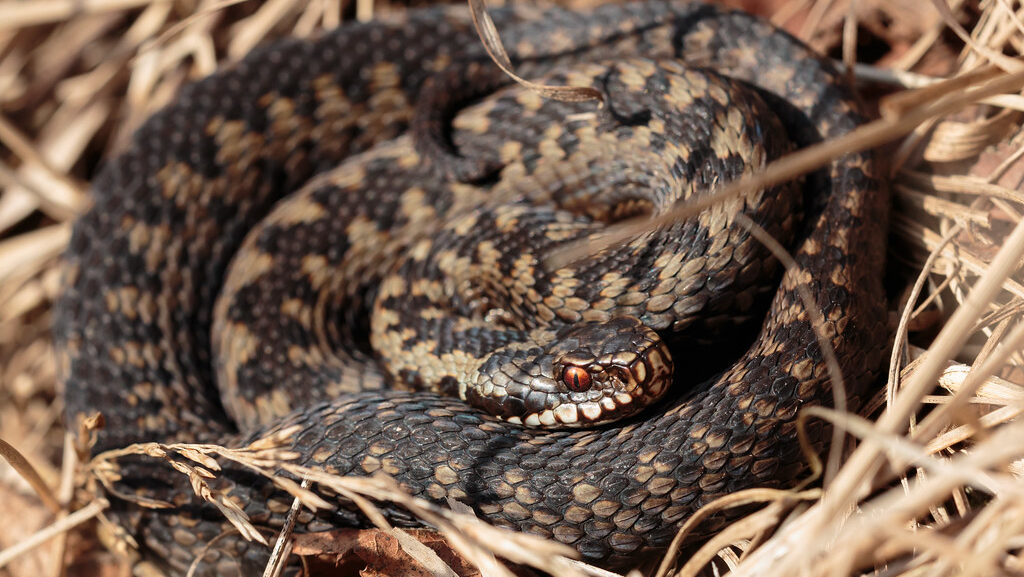
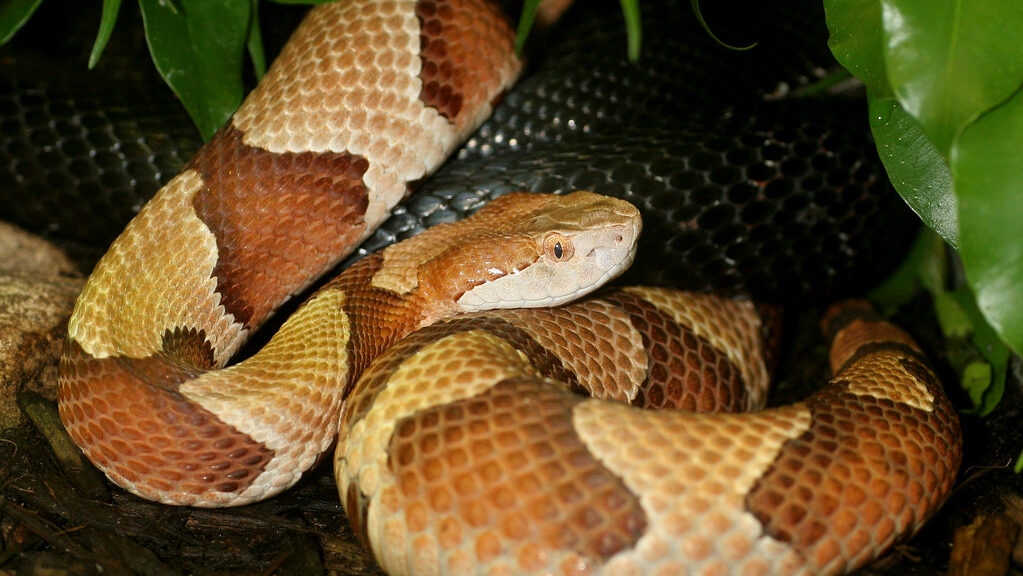
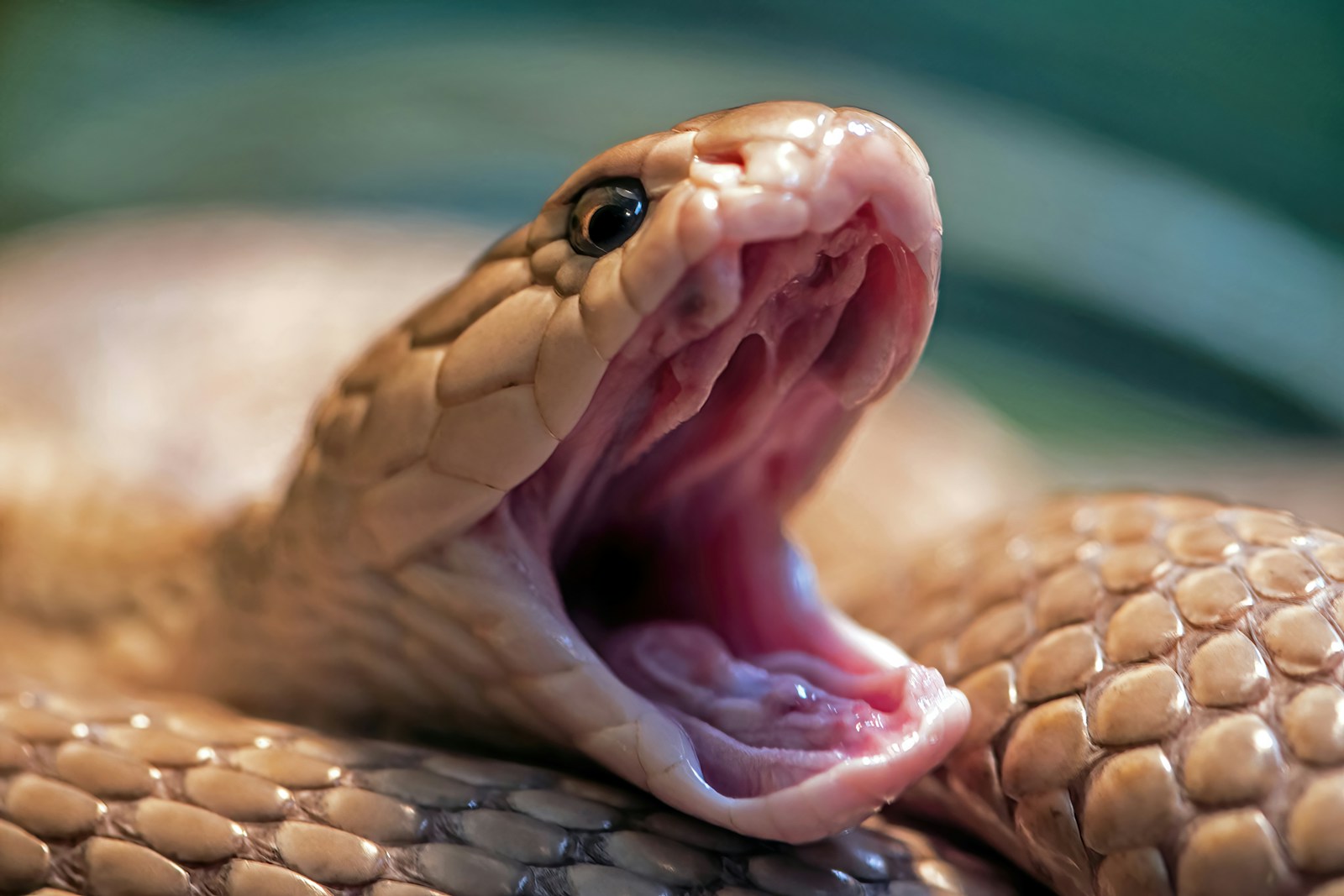
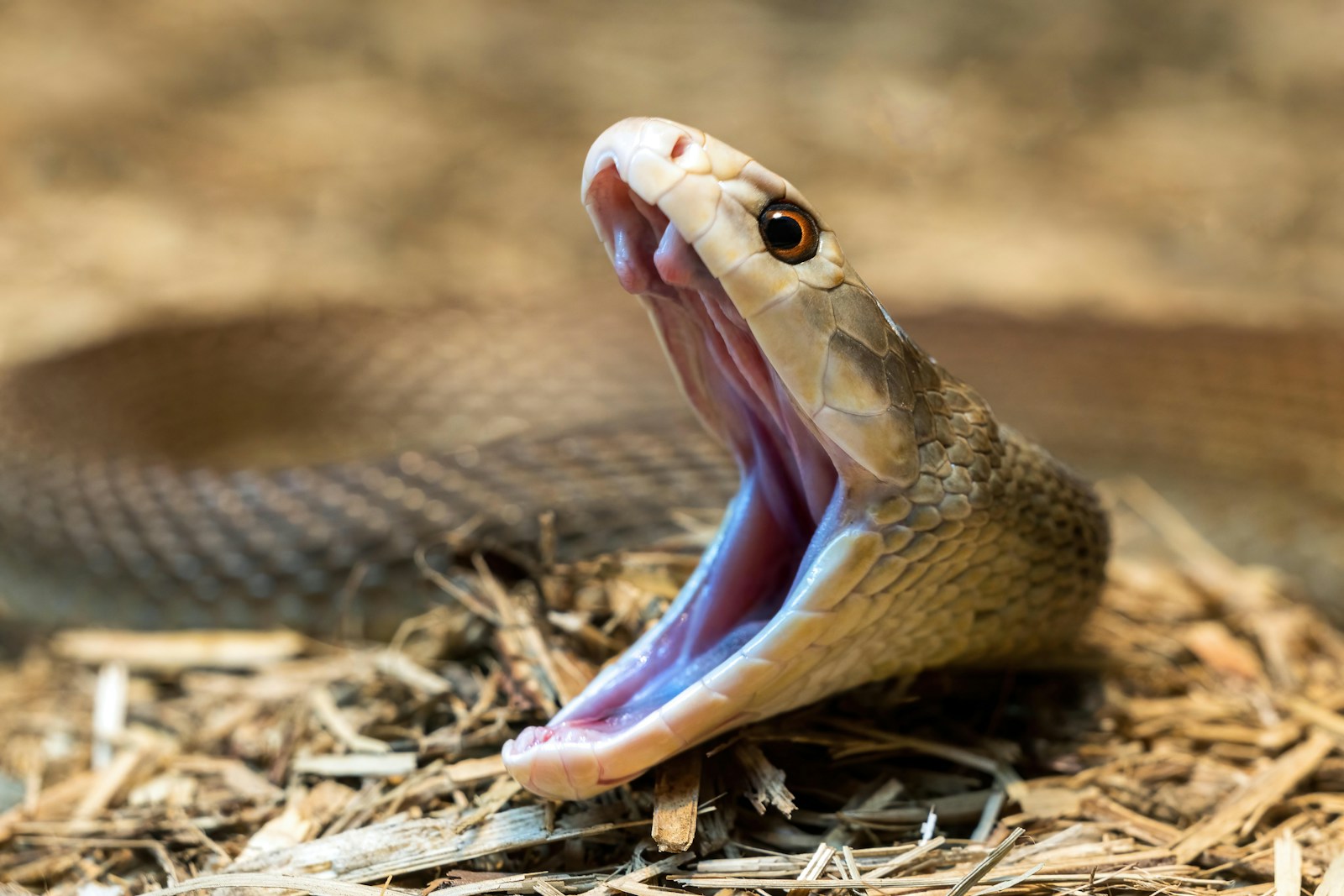
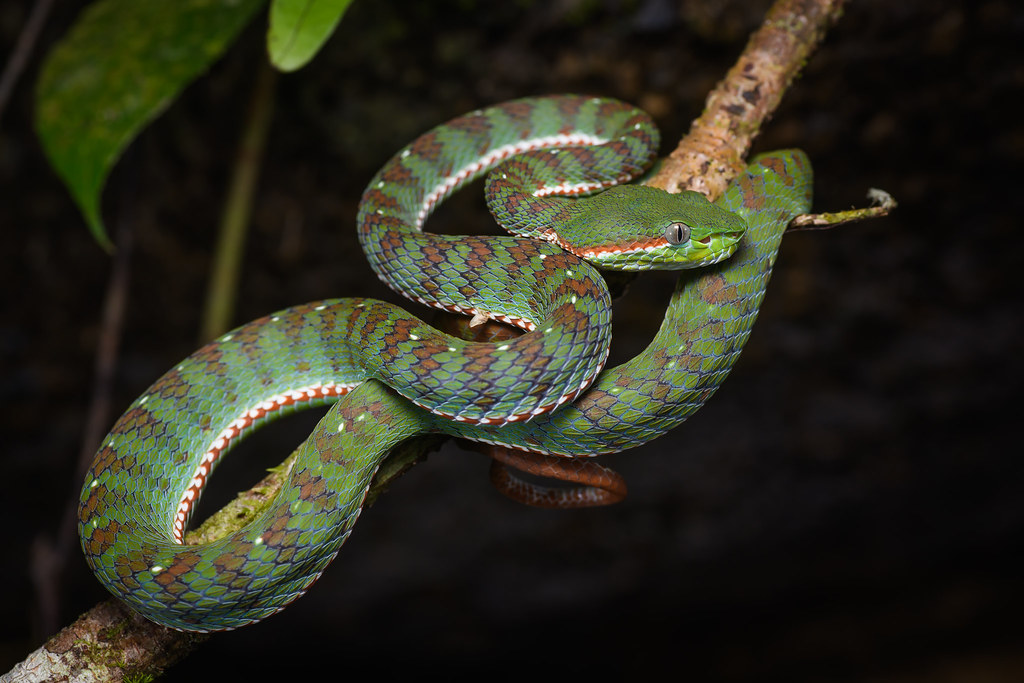
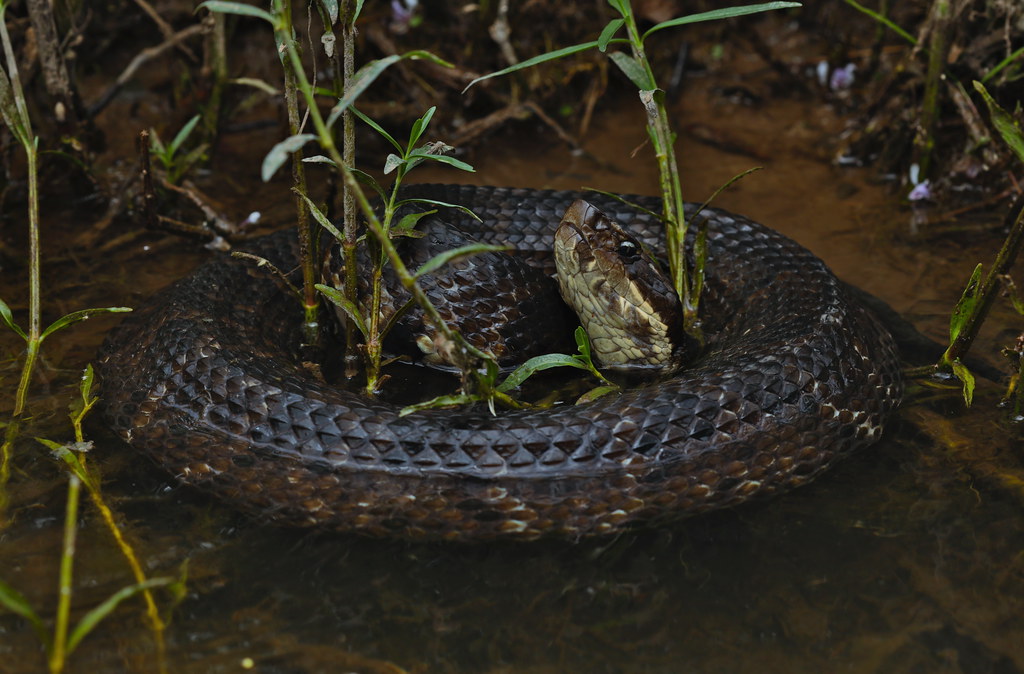

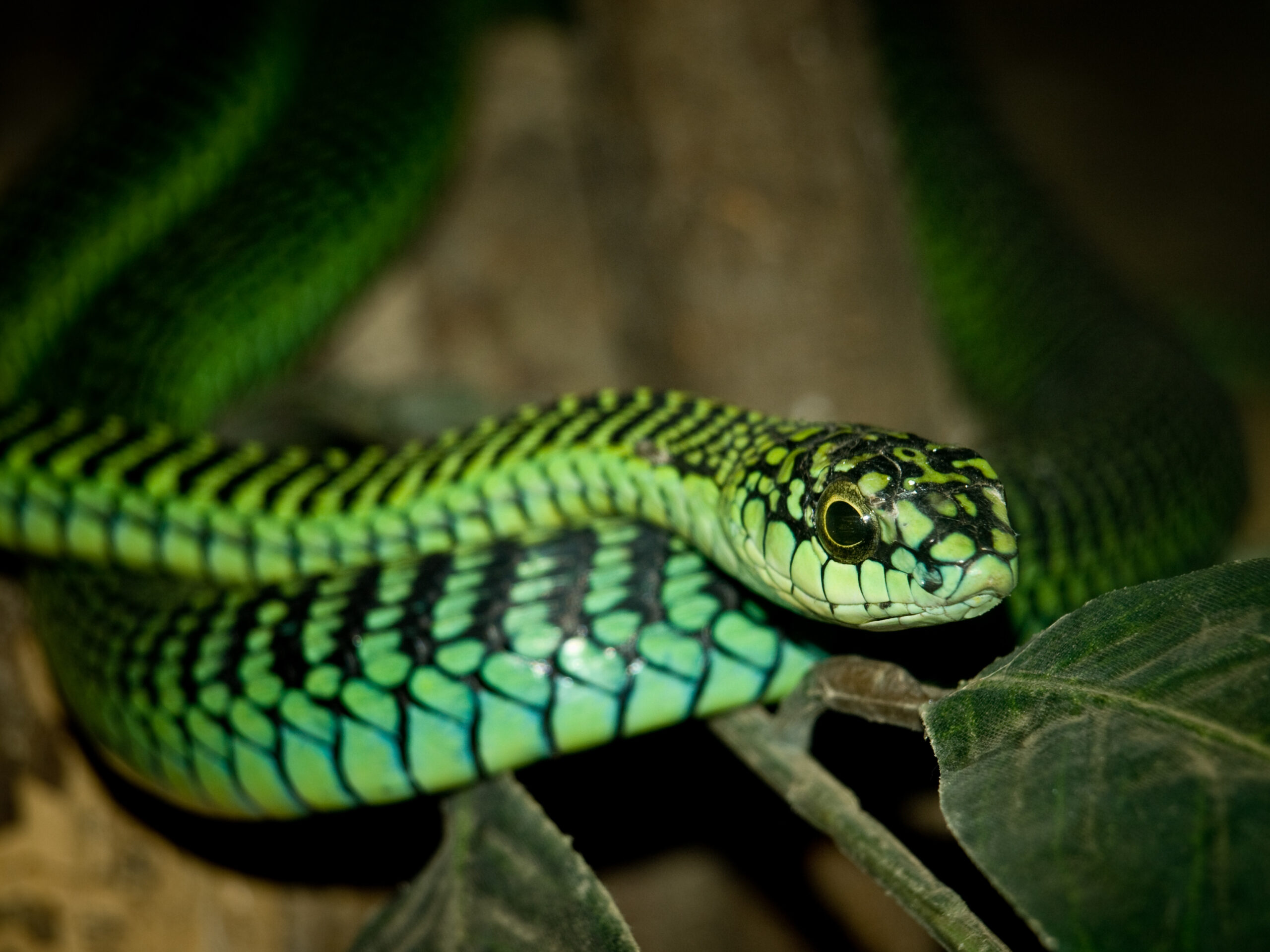
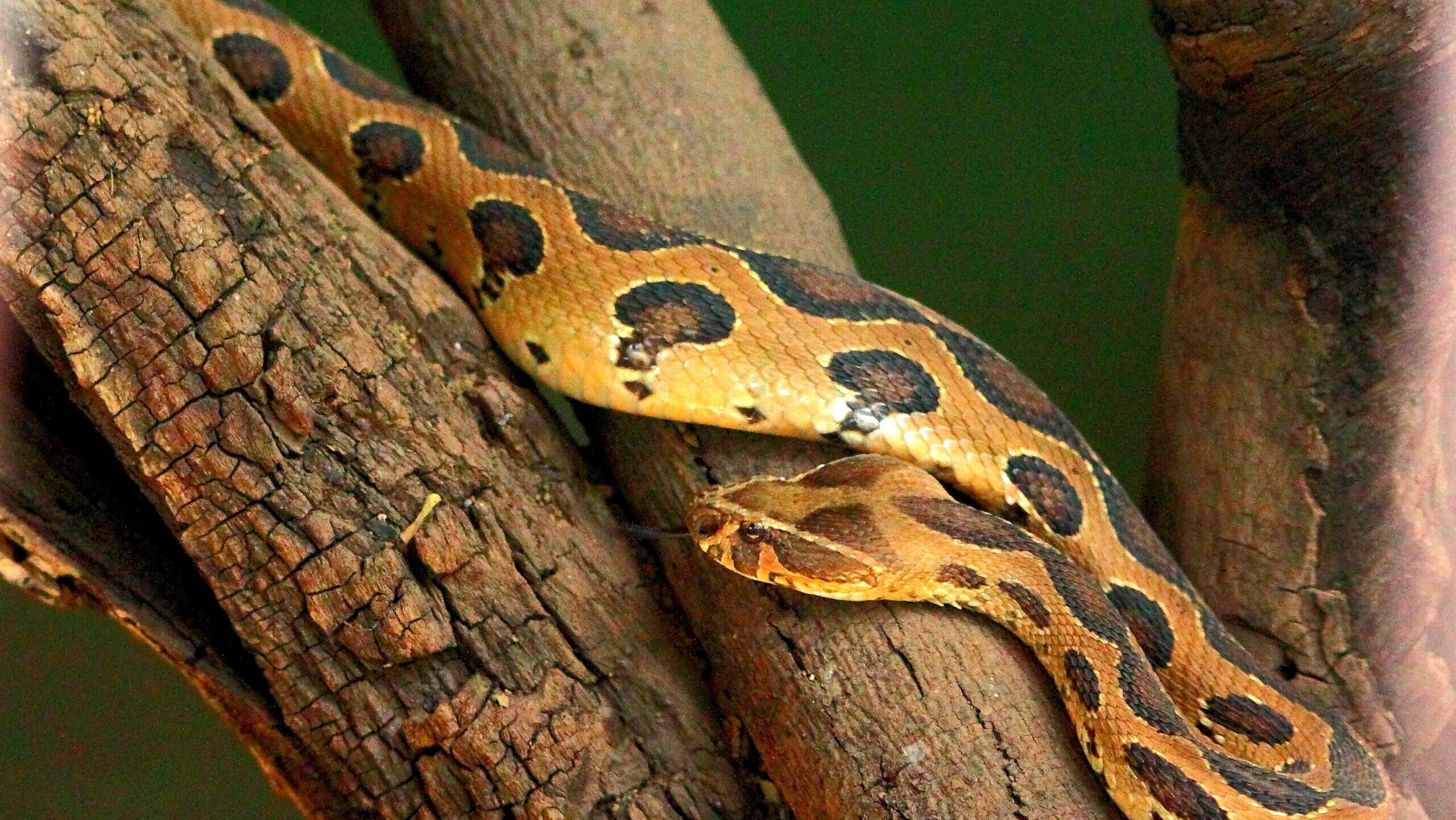
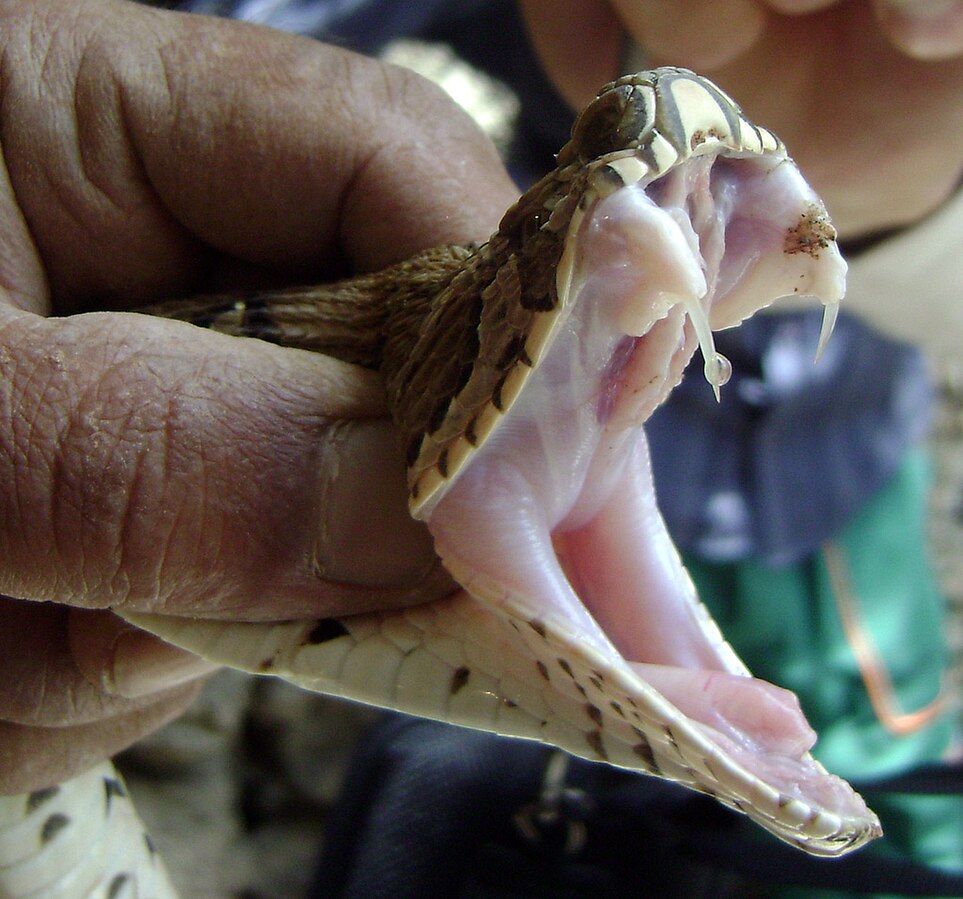
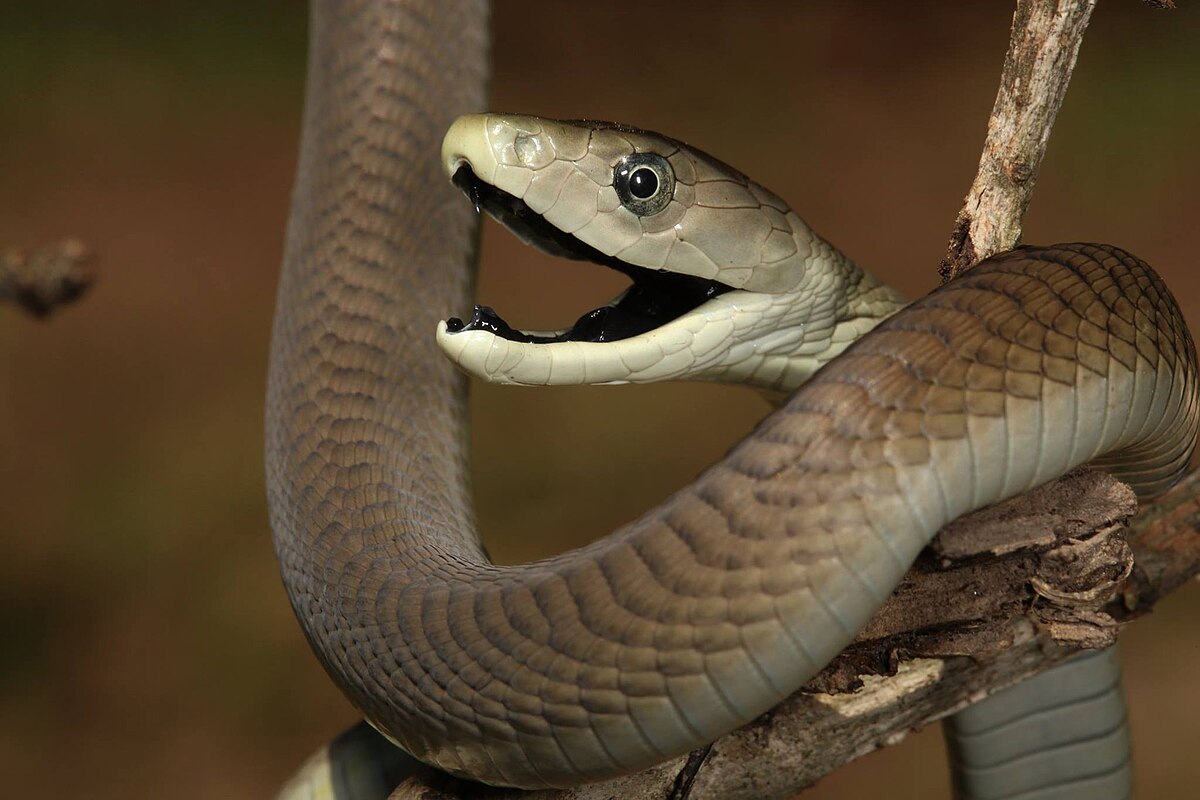




Leave a Reply